- Home > Product > Renewable Energy > Solar Inverter > SIS Series Off Grid Solar Inverter
SIS Series Off Grid Solar Inverter
- Detachable LCD panel.
- Pure sine wave output.
- Built-in wifi.
- Programmable supply priority.
Features
- Features
- Specifications
- Downloads
- Solutions
- Cases
- News
- Related Products
- Additional Information
SIS Series 3kW/5kW Off Grid Solar Inverter Overview
SIS Series 3kW/5kW off grid solar inverter is suitable for the household photovoltaic energy storage system. DC power generated by solar panels is stored in the battery through the inverter. When electricity is needed, it is first supplied by solar panels. If the light intensity cannot support the operation of solar panels, the inverter will convert the DC power of the battery into a single-phase power for home load. If the battery power is not enough, it can be quickly switched to power grid to supply power.
SIS Series 3kW/5kW off grid solar inverter has a colored LCD and a variety of communication functions. It can be remotely operated through the mobile phone APP, which is convenient and fast. It can output pure sine wave, run stable and reliable. Replaceable fan design enables customers to maintain safety and convenience.
Off Grid Solar Inverter Topology
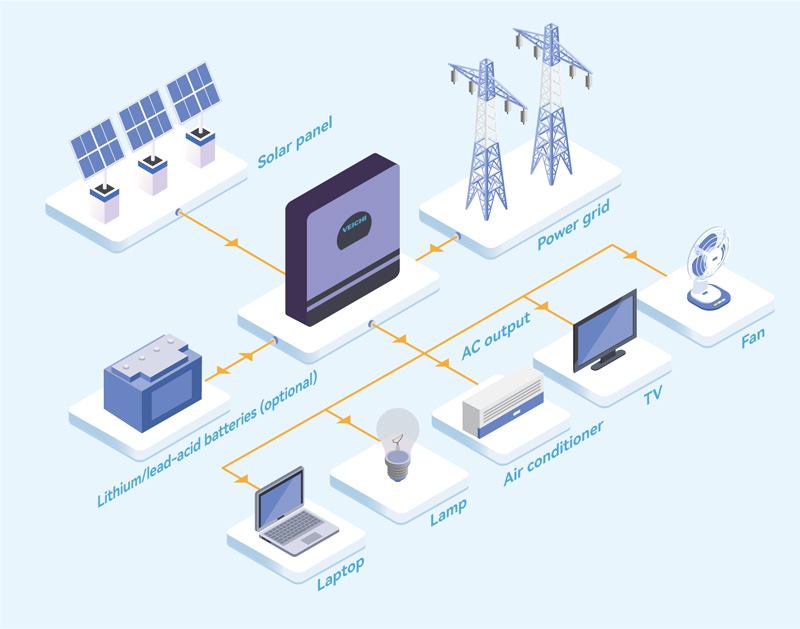
SIS Series 3kW/5kW Off Grid Solar Inverter Advantages
-
Off-Grid Operation: Off-grid solar inverters are specifically designed to work without any connection to the utility grid. They are used in standalone systems where there is no access to centralized electrical infrastructure.
-
Battery Compatibility: Many off-grid inverters are equipped with battery connections, allowing surplus solar energy to be stored in batteries for use during nighttime or cloudy days. This feature enhances the reliability and availability of power in off-grid setups.
-
Load Support: Off-grid inverters can directly power electrical loads such as lights, appliances, and equipment within your home, cabin, or remote facility. This enables you to use solar-generated electricity without relying on the grid.
-
Inversion Functionality: The core function of off-grid inverters is to convert DC electricity from solar panels into AC electricity suitable for standard electrical devices and appliances.
-
Monitoring and Control: Many off-grid inverters come with built-in monitoring and control capabilities. Users can monitor system performance, battery status, and energy production in real-time. Some models also offer remote control options.
-
Multiple Power Ratings: Off-grid solar inverters are available in various power ratings to accommodate different energy requirements. You can find them in sizes suitable for small residential systems, rural microgrids, and large-scale commercial or industrial applications.
-
Sustainable Energy: Off-grid solar inverters play a crucial role in promoting sustainable energy solutions by reducing dependence on fossil fuels and lowering greenhouse gas emissions.
SIS Series 3kW/5kW Off Grid Solar Inverter Video
Applications for SIS Series 3kW/5kW Off Grid Solar Inverter
Applications: SIS Series 3kW/5kW off grid solar inverter is widely used in the energy storage system of residential and power-deficient areas.
Specifications
| Model | SIS-3K-24-S SIS-5K-48-S |
|---|---|
| Rated Power | 3000W/5000W |
| Voltage | 230VAC |
|---|---|
| Frequency Range | 50Hz/60Hz (Auto sensing) |
| AC Voltage Regulation (Batt. Mode) | 230VAC ±5% |
|---|---|
| Surge Power | 6000VA/10000VA |
| Efficiency (Peak) | 90%~ 93% |
| Transfer Time | 15 ms (For Personal Computers) 20 ms (For Home Appliances) |
| Waveform | Pure sine wave |
| Dual Outputs | Yes |
| Battery Voltage | 24VDC/48VDC |
|---|---|
| Floating Charge Voltage | 27VDC/54VDC |
| Overcharge Protection | 33VDC/63VDC |
| Solar Charger &Ac Charger | MPPT |
|---|---|
| Maximum PV Array Power | 4000W/5000W |
| MPPT Range @Operating Voltage | 120~450VDC |
| Maximum PV Array Open Circuit Voltage | 500VDC |
| Maximum Solar Charge Current | 100A |
| Maximum AC Charge Current | 100A |
| Maximum Charge Current | 100A |
| Integrated | Over temperature, Battery low, Battery high, Output short circuit,Output voltage too high, Output voltage too low, Bus voltage high, Bus voltage low, PV voltage is over limitation. |
|---|
 Global - English
Global - English Spanish - Español
Spanish - Español French - Français
French - Français Russian - Pусский язык
Russian - Pусский язык Chinese - 中文
Chinese - 中文 Korean - 한국어
Korean - 한국어 Vietnamese - Tiếng Việt
Vietnamese - Tiếng Việt
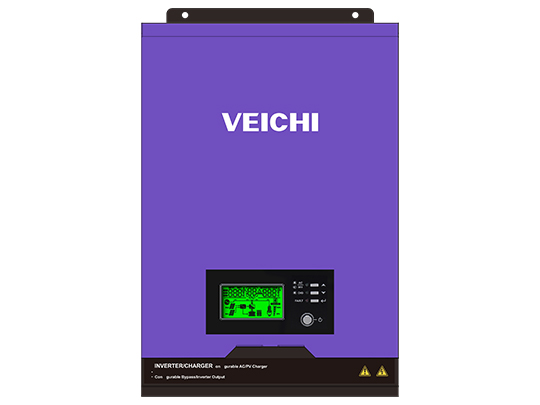
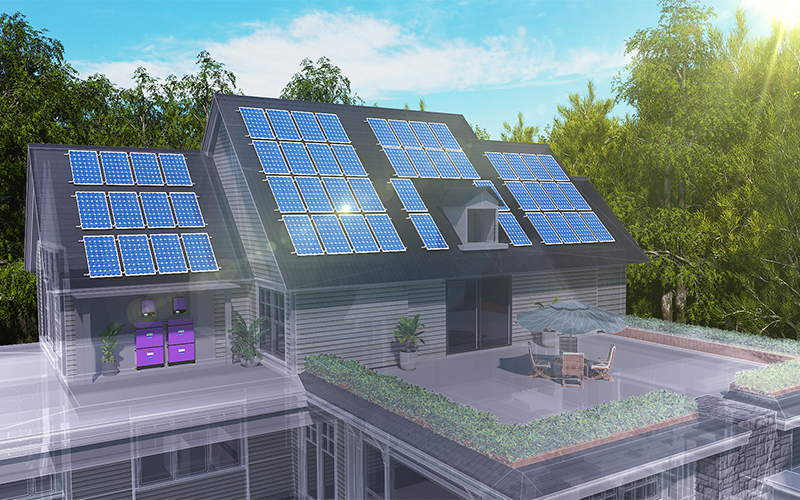
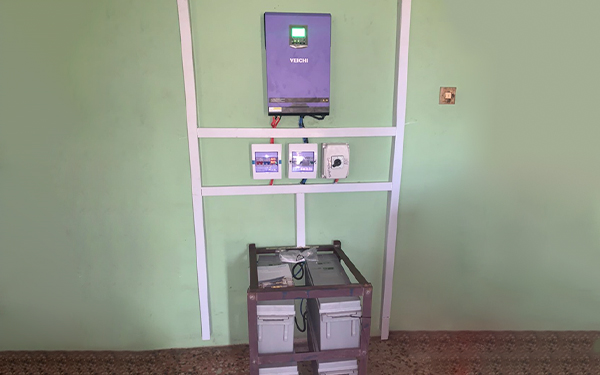





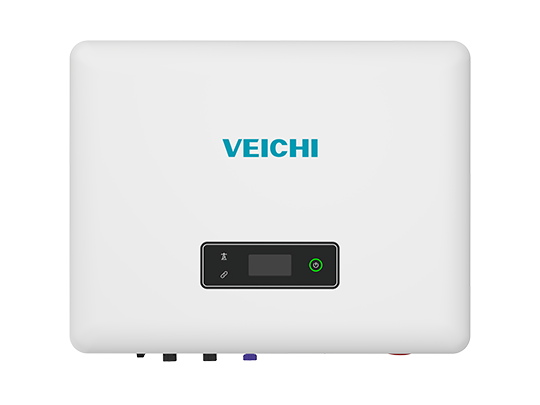
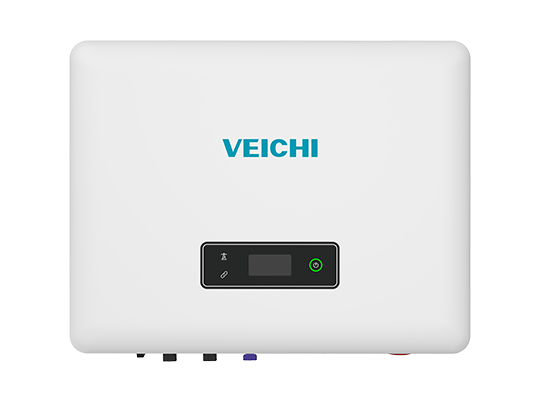
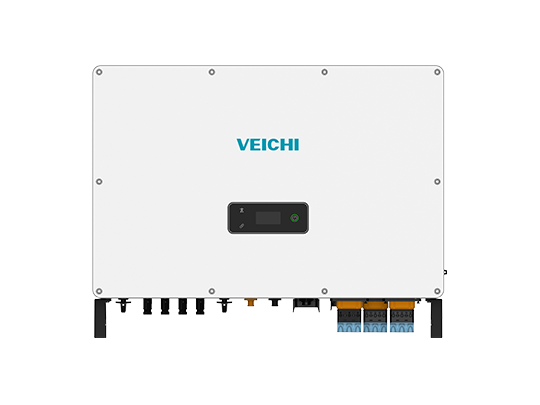
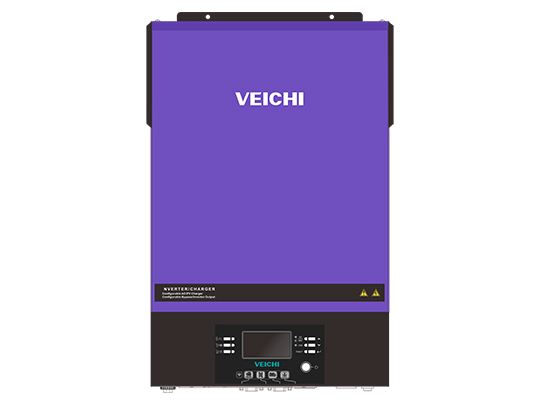
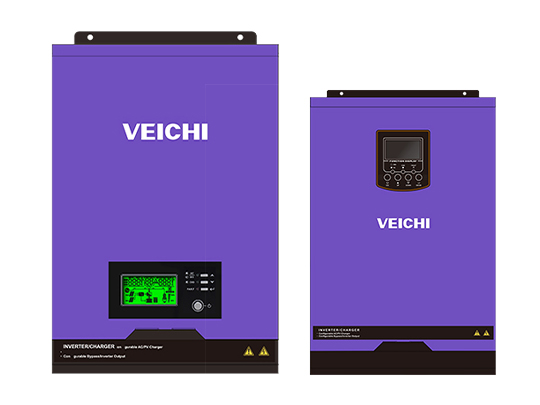
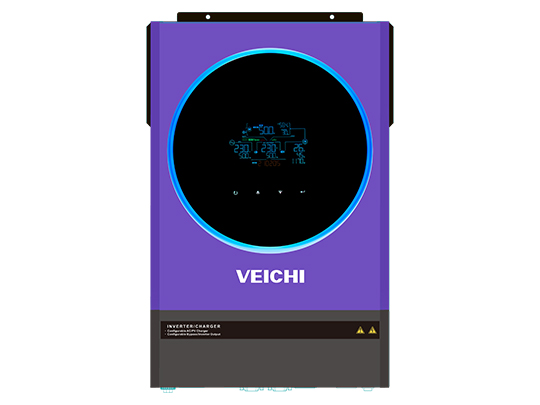
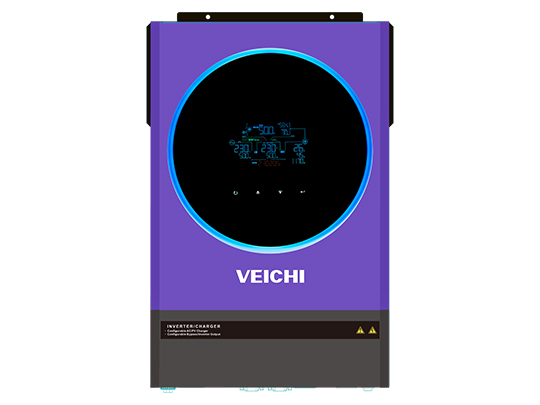
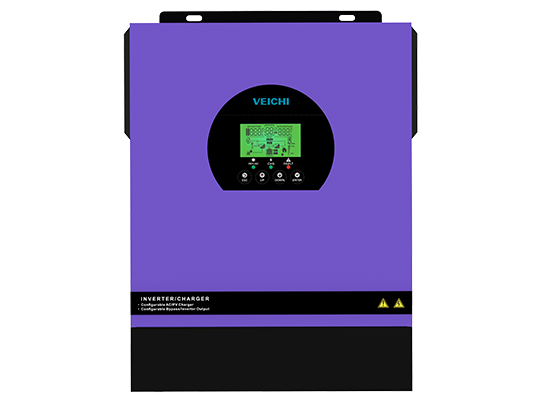
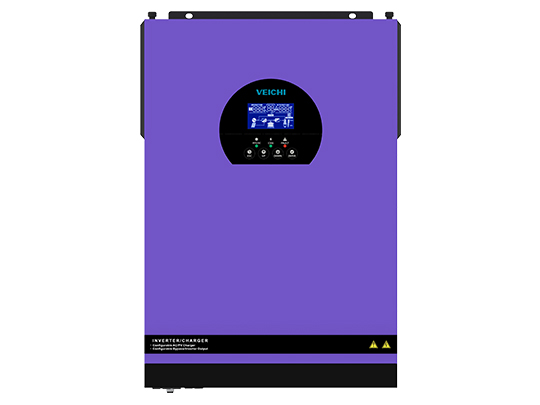
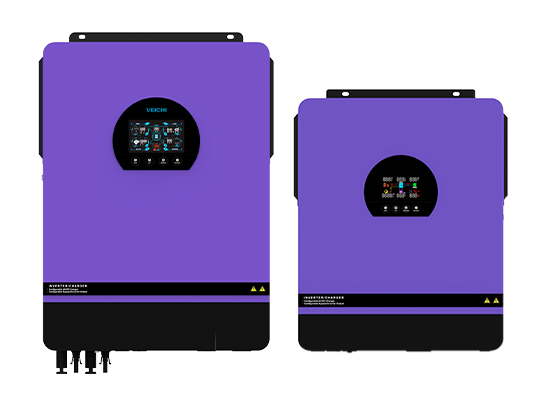
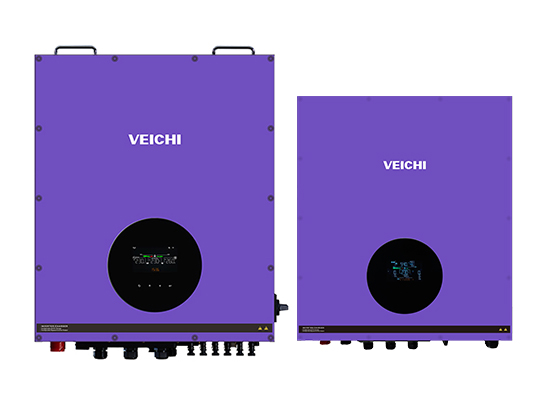

 Leave a Message
Leave a Message